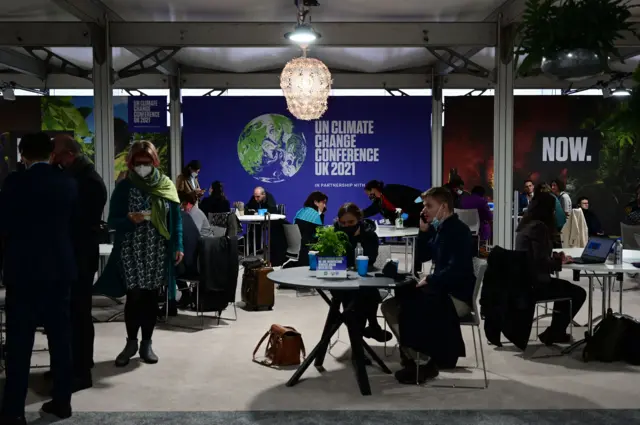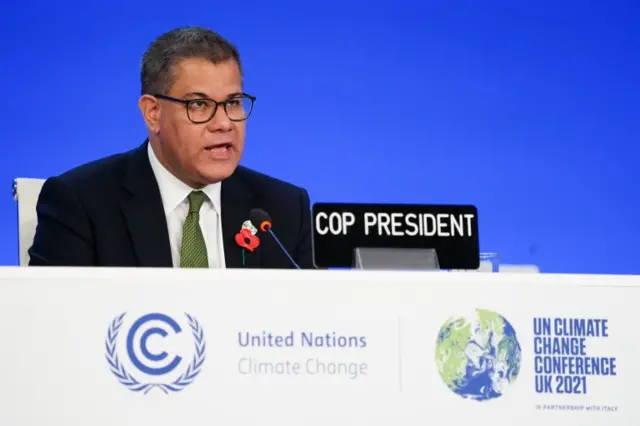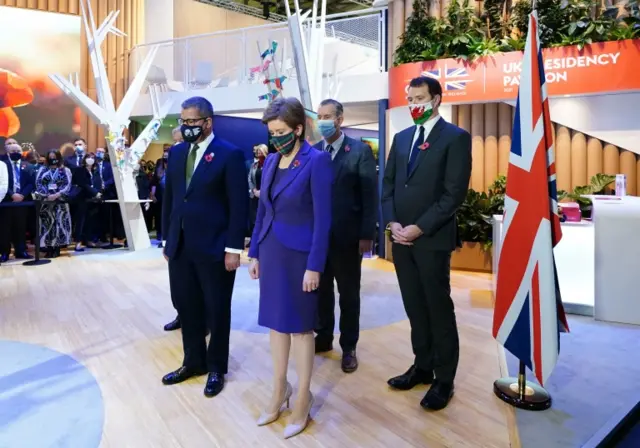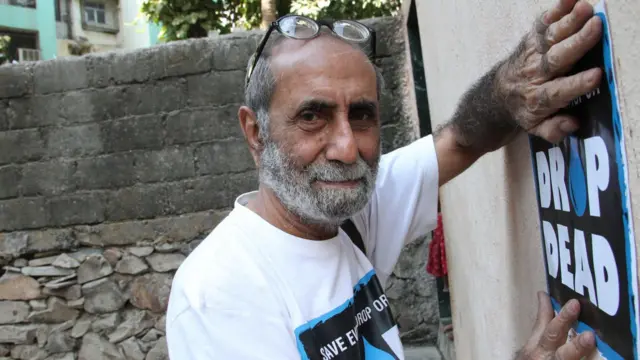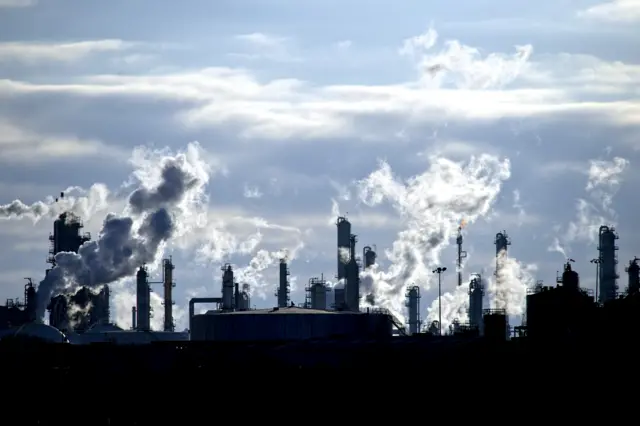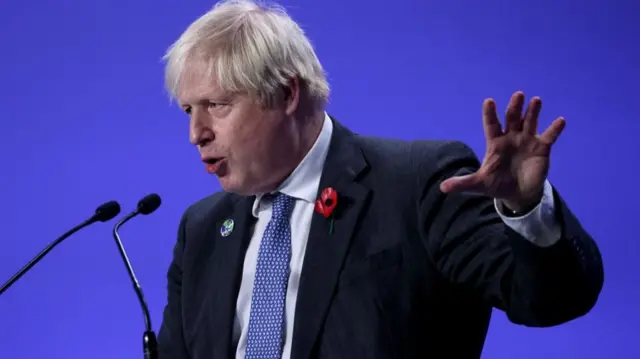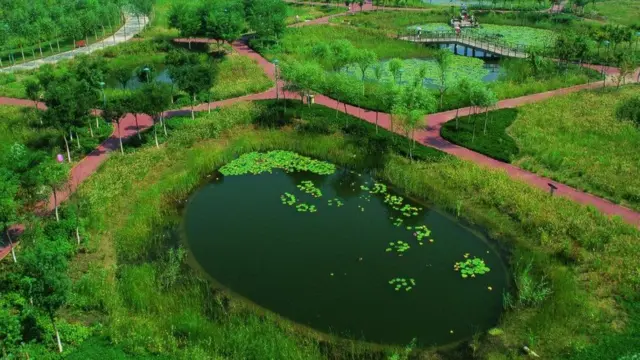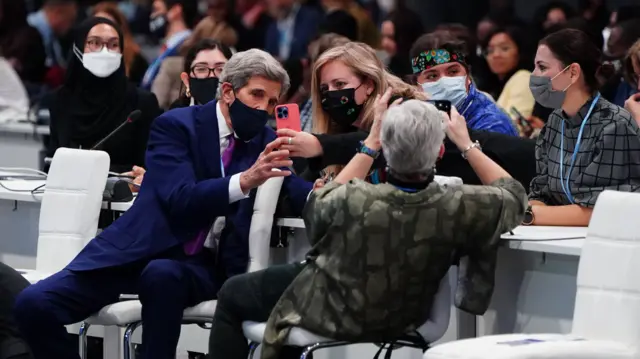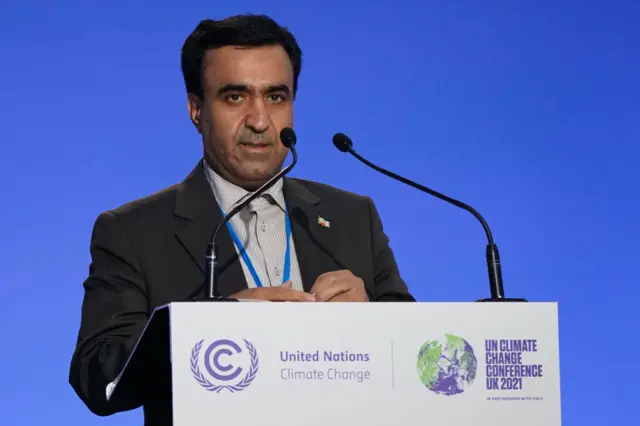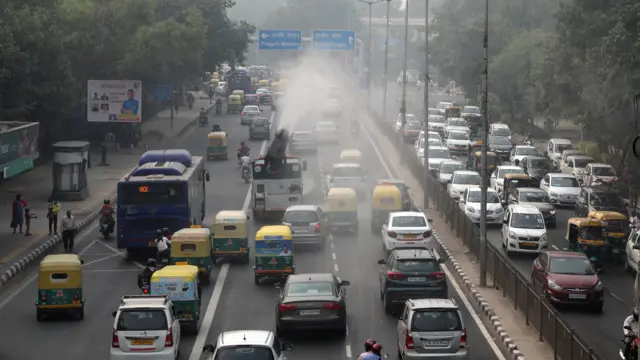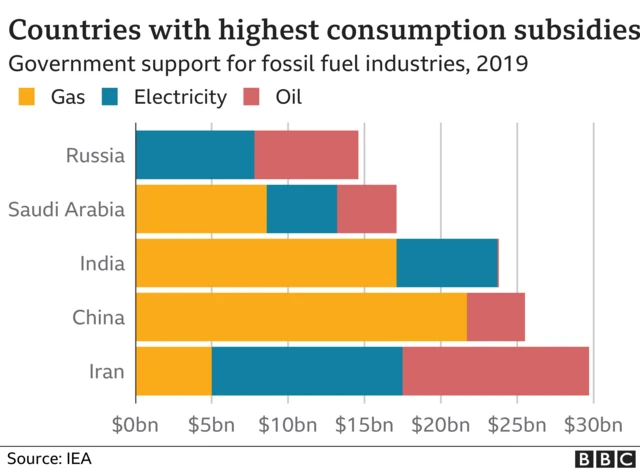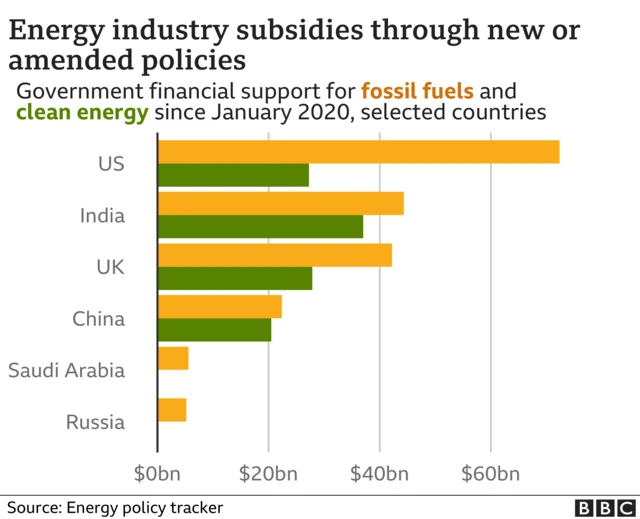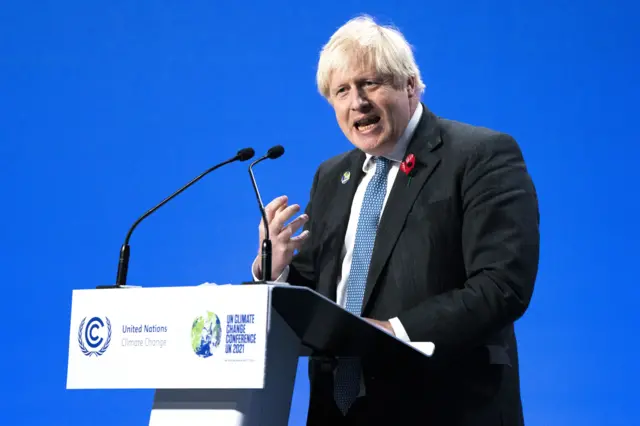We cannot afford to fail - Sharmapublished at 11:59 GMT 11 November 2021
COP26 President Alok Sharma has finished his stocktake, summing up what else will happen today:
- He says there must be more work on a key part of the Paris climate agreement - Article 6 - which is about carbon markets and how countries balance their fossil fuel use
- A closing ceremony tonight at 18:00 GMT will make all the announcements so far formal (but remember, COP26 isn't over just yet...it is supposed to end on Friday but could stretch into the weekend)
- The next draft of the summit's overarching final deal will be published overnight
- Ministers will meet again on Friday morning to discuss the latest progress (no, we are not sure either when negotiators sleep)
"The world is watching us and willing us to work together and reach consensus - we cannot afford to fail them," Sharma concludes.
 Image source, PA Media
Image source, PA Media